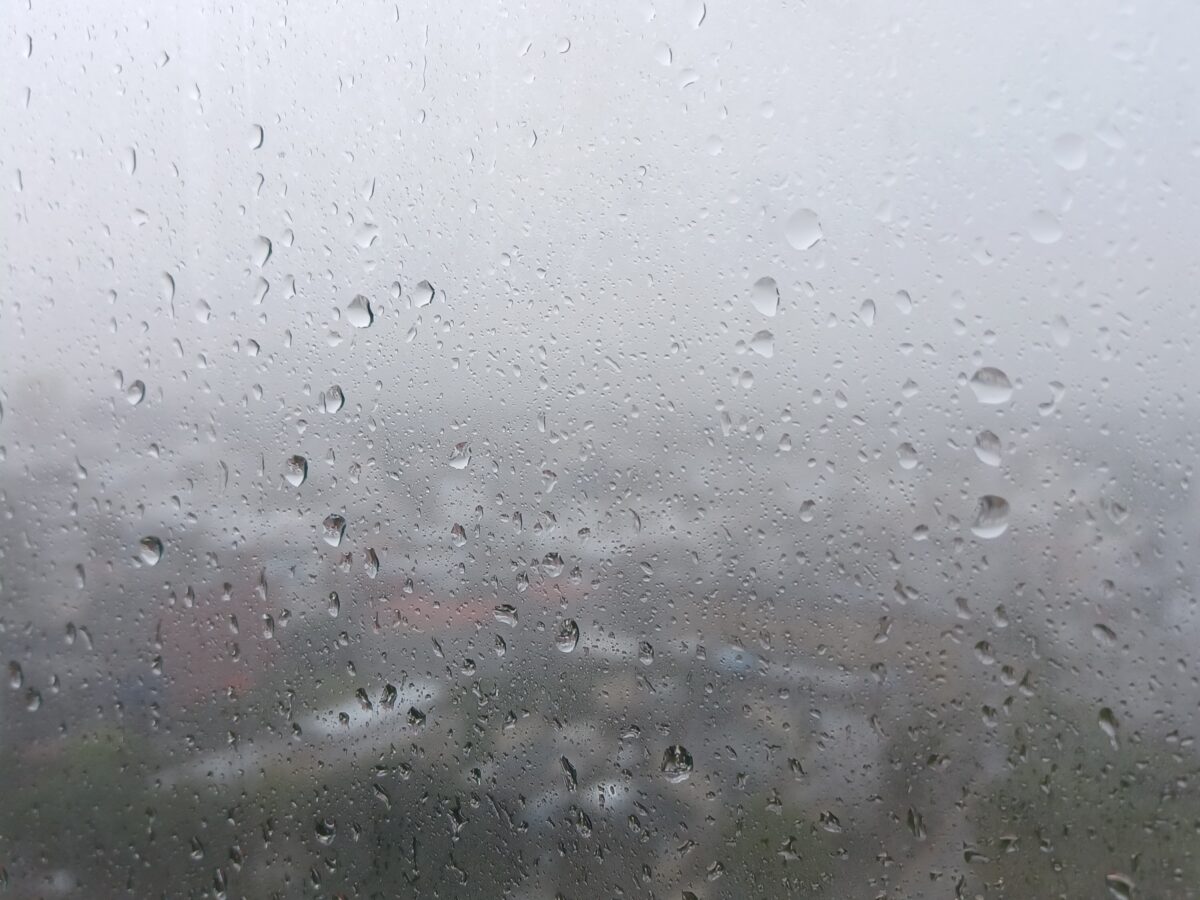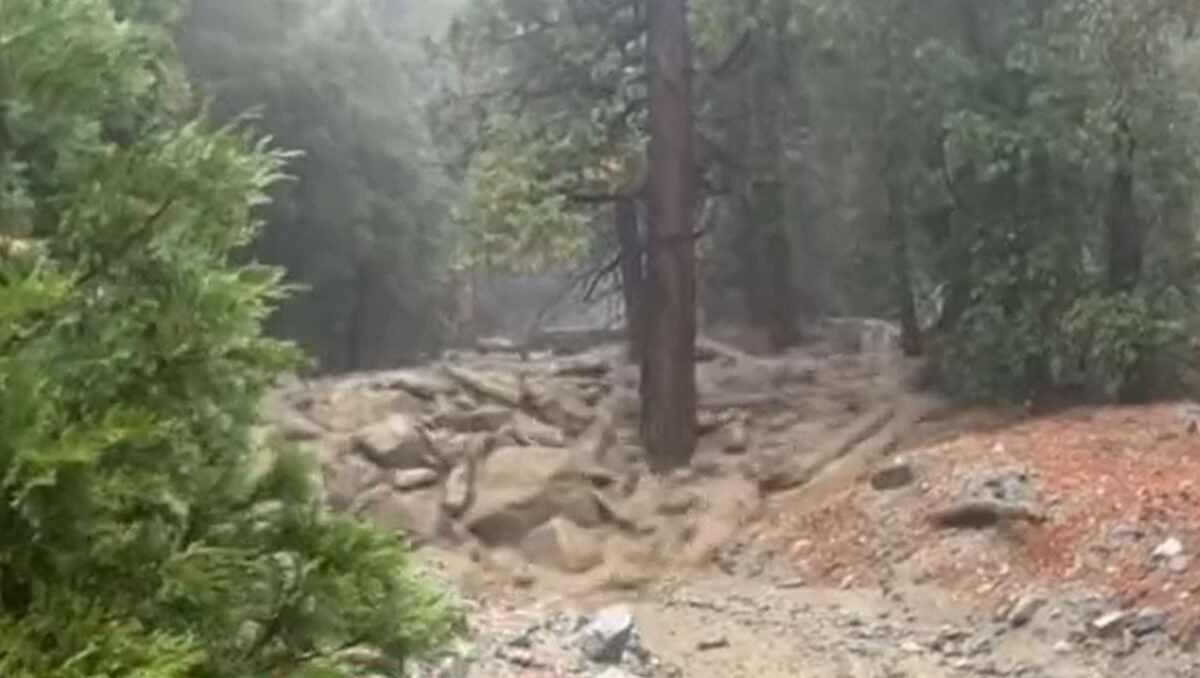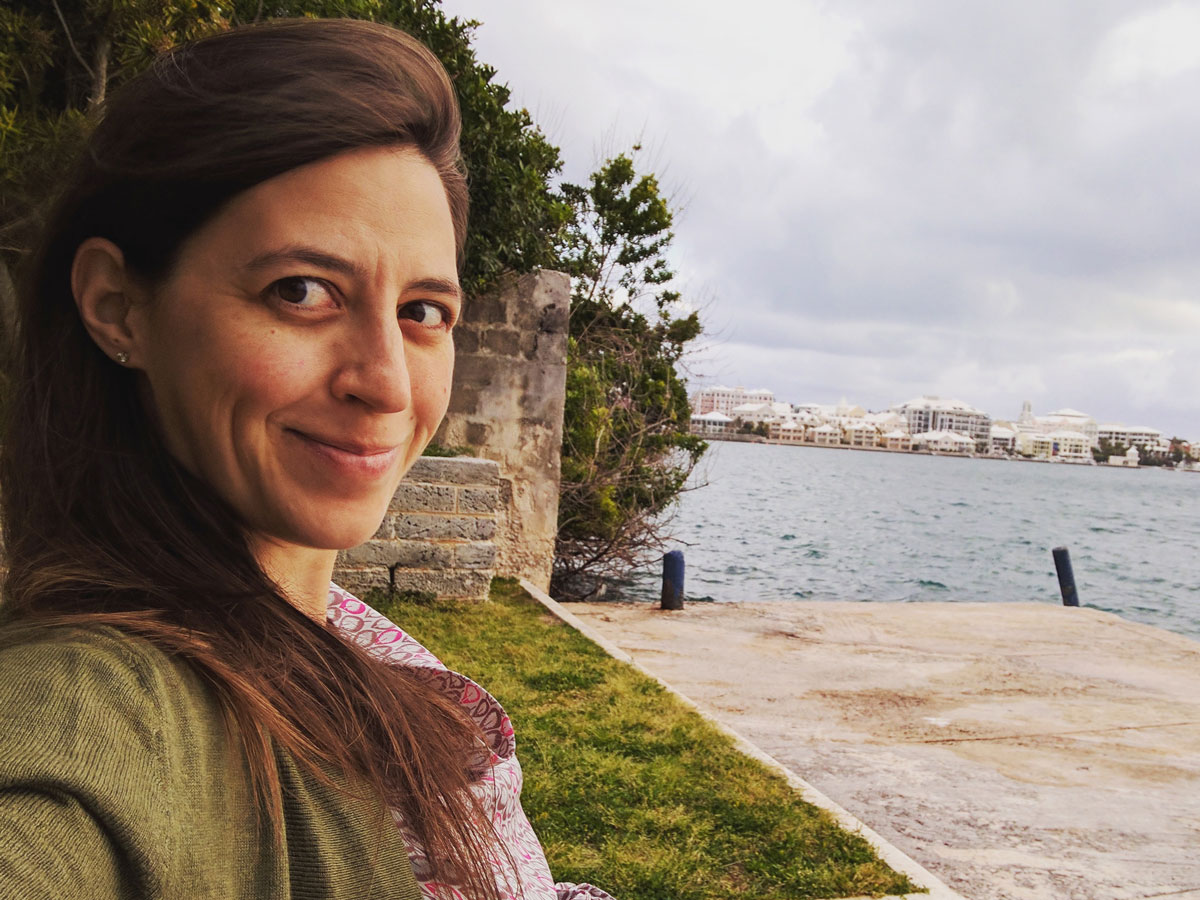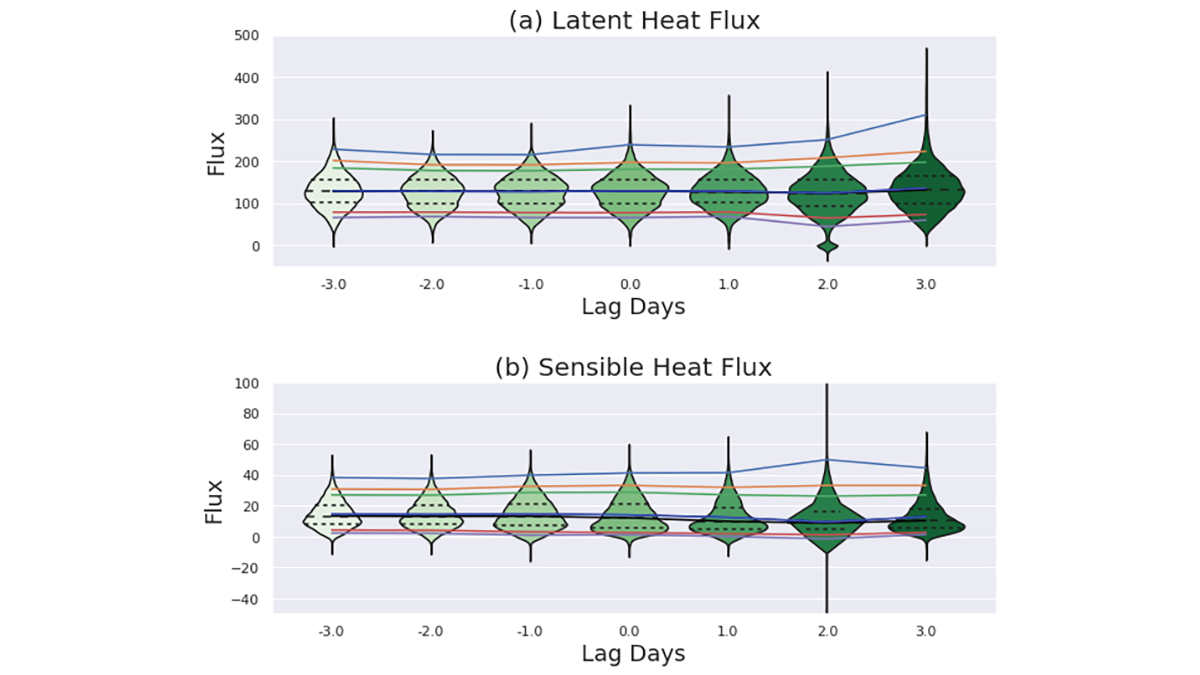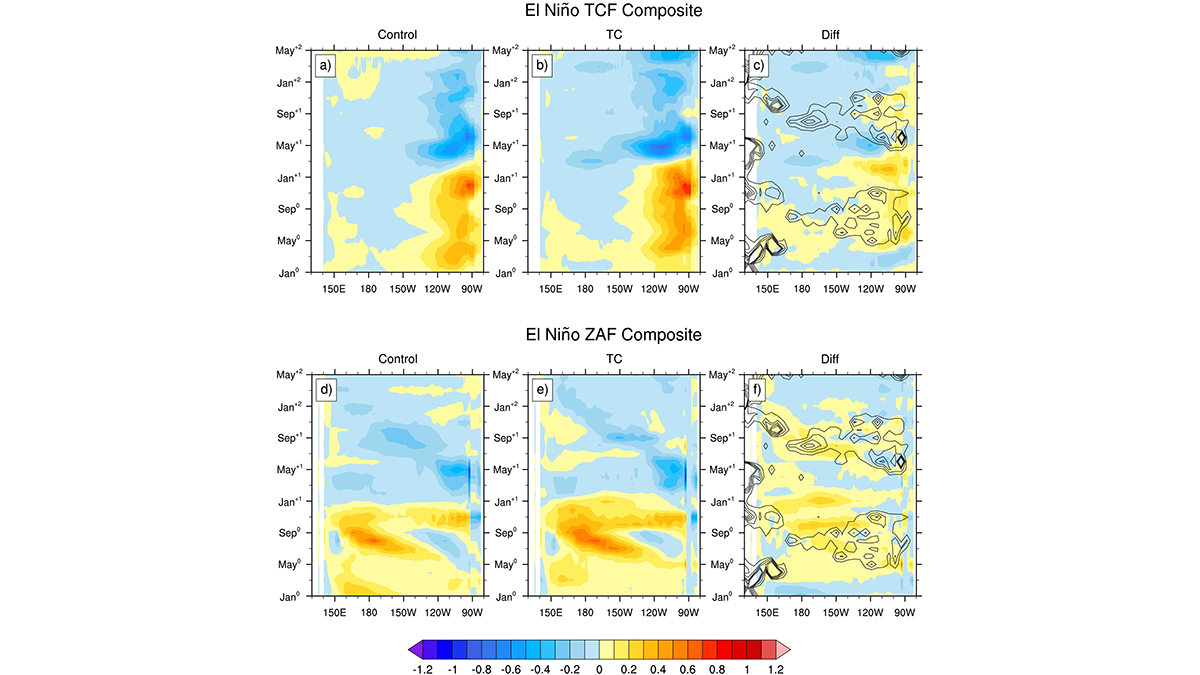The Landslide Blog is written by Dave Petley, who is widely recognized as a world leader in the study and management of landslides. Over the last two weeks, I travelled with my daughter Holly through Taiwan on vacation. Loyal readers will know that in the early part of my career I spent some time in […]
hurricanes, typhoons, & cyclones
Mudslides and debris flows triggered by Storm Hilary
Videos of debris flows and mudflows from Storm Hilary.
Modeling the Outer Winds of Tropical Cyclones
A new analytical solution for Emanuel’s theory on how the winds vary with the distance from the hurricane center outside of the core of the storm.
Kelly Hereid: Modeling Catastrophes for Insurers
A geoscientist helps homeowners and businesses adapt to worsening wildfires, storms, and floods.
Outlook: Normal Atlantic Hurricane Season Expected
Atmospheric and oceanic features are simultaneously strengthening and suppressing hurricane activity this year.
Hunting Hurricanes
NOAA’s Hurricane Hunters risk their lives each time they fly into the eye of a storm to collect crucial data for forecasting, hurricane modeling, and research.
Satellite View of African Easterly Waves and Hurricane Formation
Researchers present a new analysis of surface winds and enthalpy fluxes from satellite retrievals for African easterly waves that intensify into Atlantic hurricanes.
Tropical Cyclone Triggered Record Algal Bloom in the South Pacific
In 2019, Tropical Cyclone Oma hovered over the Coral Sea in the South Pacific, leaving a massive algae bloom in its wake.
Impact of Tropical Cyclones on El Niño-Southern Oscillation
A suite of Earth Systems model experiments is used to explore how tropical cyclones influence the frequency, magnitude, and timing of El Niño-Southern Oscillation events.

